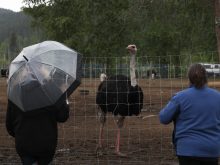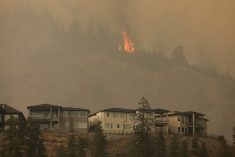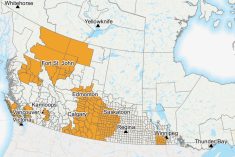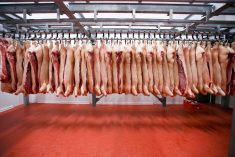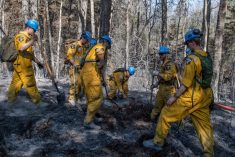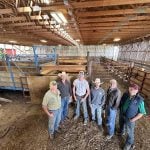The interprovincial cost-sharing agreement supporting the University of Saskatchewan’s Western College of Veterinary Medicine (WCVM) will now allow for twice as many students from British Columbia.
The B.C. government and the U of S on Monday announced the province will now put up almost $10.7 million to double the number of provincially subsidized students to 40, up from 20 previously, in the WCVM’s doctor of veterinary medicine (DVM) program for 2022-23.
Veterinary schools in Canada serve defined geographic regions, and only students who meet the residency requirements in those regions can apply to attend. The terms of the cost-sharing agreement between Saskatchewan, Manitoba and British Columbia for WCVM cover provincial enrolment quotas and the residency status of applicants to the college.
Read Also
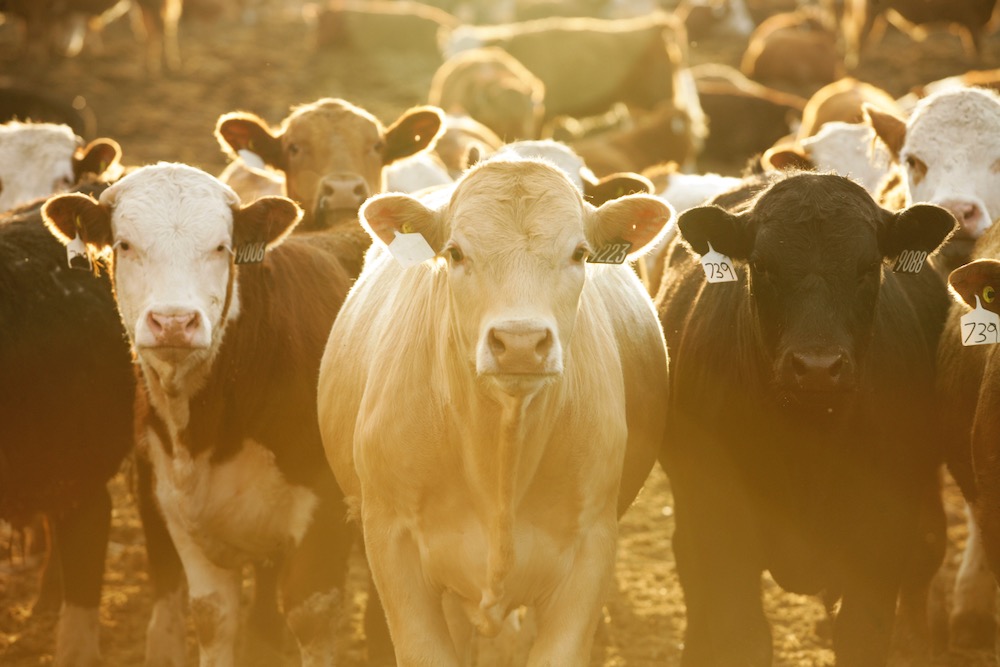
U.S. livestock: Cattle futures drop on Trump call for lower prices
Cattle futures on the Chicago Mercantile Exchange dropped sharply on Wednesday, reacting to comments from United States President Donald Trump…
In both 2020 and 2021, 12 students from B.C. were admitted to non-provincially subsidized seats at WCVM, requiring an additional $55,000 in tuition per student.
The province said its additional funding of $1.2 million allows the WCVM to waive those tuition fees for the 24 previously admitted B.C. students who were not in a provincially subsidized seat.
The interprovincial agreement (IPA), subject to renewal every five years, was most recently renewed in 2020 and had until now committed $134 million in funding to the college for the 2020-25 period.
Until now, the current agreement has provided for 58 subsidized IPA seats at WCVM: 20 each from Saskatchewan and B.C. and 15 from Manitoba, one from the three northern territories and two Indigenous students through the college’s education equity program.
The other 25 non-subsidized non-IPA seats available each year give preference to students from the three partner provinces but are also open to residents of the territories or Alberta if they’re not filled by Saskatchewan, B.C. or Manitoba residents.
“Increasing access and affordability to veterinary medicine education helps us to address the shortage of veterinarians in B.C. and build a robust workforce,” Anne Kang, B.C.’s minister for advanced education, said in the province’s release.
“In follow up to our government’s commitment to address B.C.’s labour market needs, we’re investing in seat expansions so that more students receive the quality training needed to support farmers, ranchers and families throughout the province.”
“Veterinarians play a critical role in supporting B.C. farmers and food security,” provincial Agriculture Minister Lana Popham said in the same release. “The additional seats at WCVM will support farmers’ businesses and the welfare of their animals as well as ensuring we have a resilient food supply and food economy for the years ahead.”
“This increased investment enables more B.C. residents to achieve their dreams of becoming veterinarians,” WCVM dean Dr. Gillian Muir said in a university release. “It also allows the veterinary college to better serve the diverse needs of communities throughout B.C., to support the health of companion animals and livestock, and to protect food safety and animal welfare.”
The cost-sharing agreement had included all four western provinces until 2020, when Alberta stepped out of the partnership and reallocated its support to its veterinary program at the University of Calgary. — Glacier FarmMedia Network




